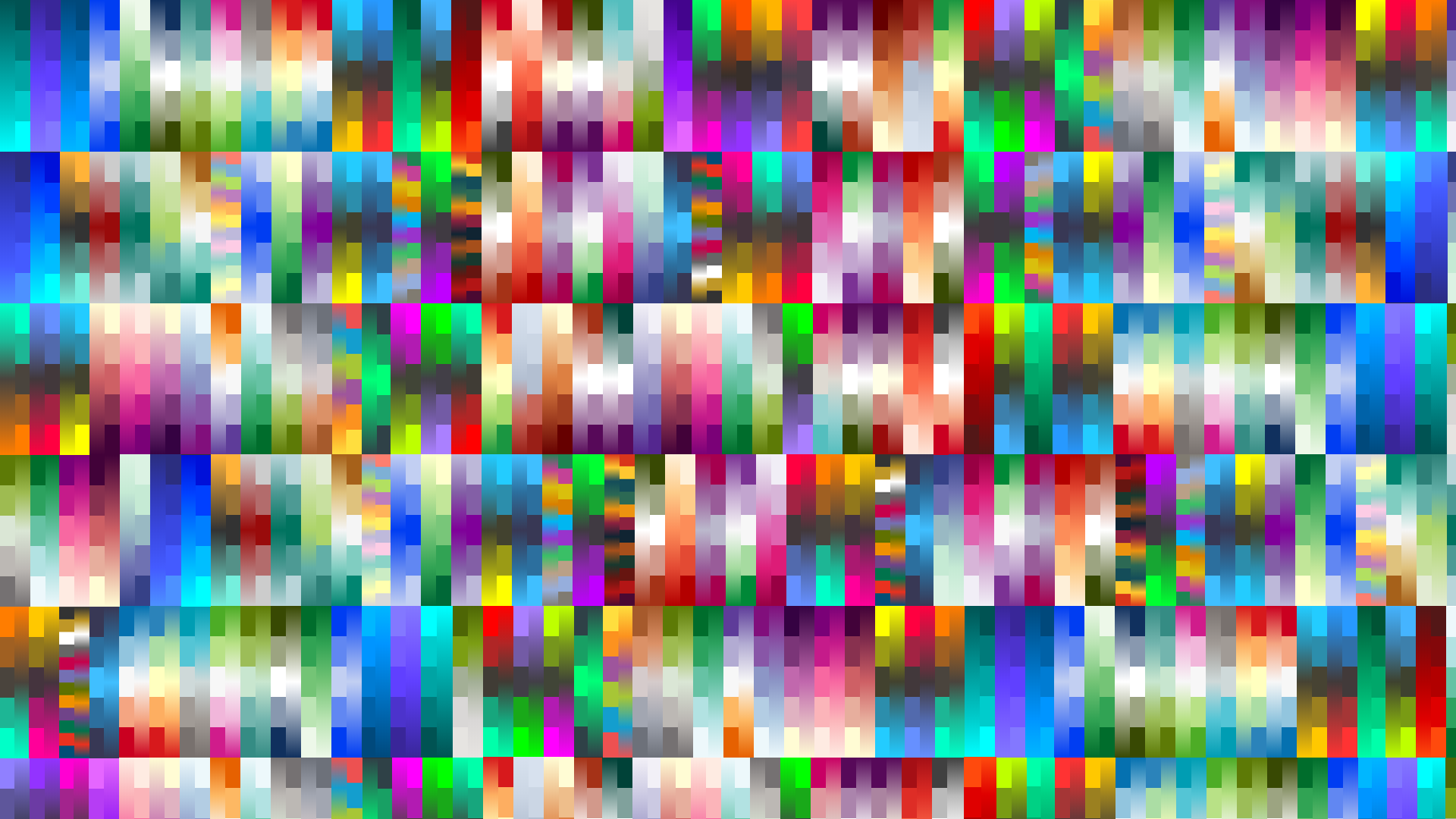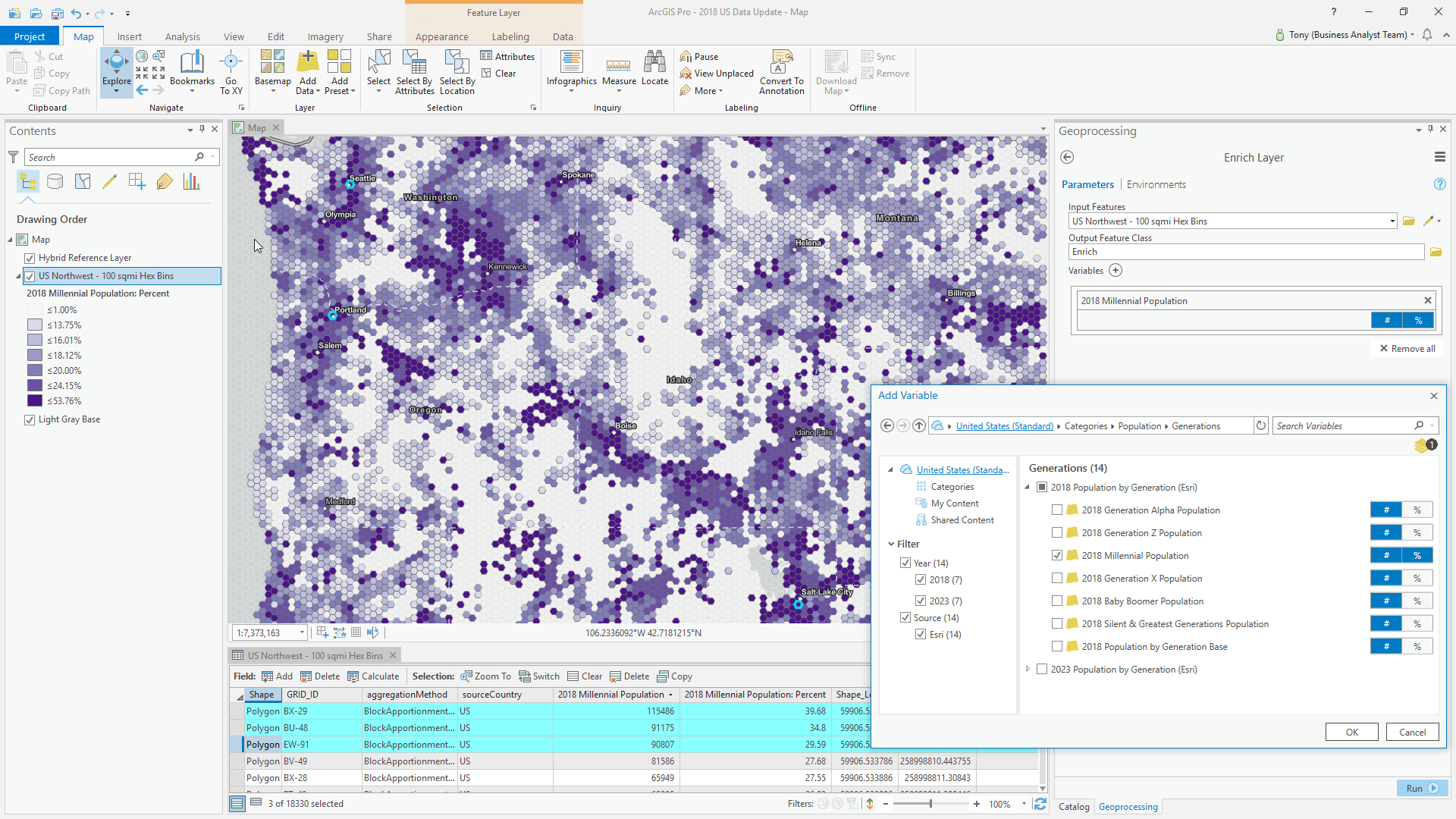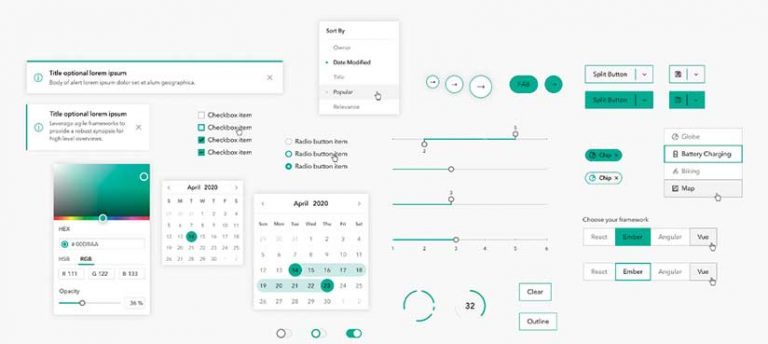

Higher values are drawn with larger symbols and lower values are drawn with smaller symbols. For example, you can use proportional symbols to show the annual average daily traffic in a city. Adjust the size of the symbols to clarify the story you're telling. This map style uses an orderable sequence of proportional sizes to represent numerical data. Use the Geographic areas and Roads and highways toggle buttons to turn labels on or off for these geographical features.In the Outline section, use the Color drop-down menu to choose the outline color and enter a width.Use the Transparency slider to adjust the color transparency.Click Reverse order to change the direction of the color ramp. Use the Color ramp drop-down menu to choose a color ramp.This is suitable for mapping a variable such as population growth rate, to highlight areas where the population is increasing (growth rate above zero) and declining.

Choose Above and below to use a color ramp that applies two distinctive color gradients to the values above and below a value like zero, or the average.Choose High to low to apply a color ramp with a continuous gradient of a single color-this is suitable for mapping variables like population density.Choose Default colors to use a color ramp that highlights the contrast between areas on the map with high and low values of the variable.To save your color-coded map layer, click Save layer, give your layer a name, and click OK.Įach theme can tell a different story by matching colors to data in different ways.Click Export to Excel to export the data from the color-coded map to an Excel worksheet. You can hover over an item in the table and the corresponding area is highlighted on the map. Click Table to view the results in a table.Click the Chart settings button to choose to show as Percentage or Standard deviation and set the outlier calculation.

You can use the Show outliers toggle button to show and hide outliers on the chart. You can hover over an item in the chart and the corresponding area is highlighted on the map.

Depending on the map style, click Show class options to view and adjust the classification of the variable on the map.Click the color swatch and select a color. Depending on the map style, you can change the colors on the map.Depending on the map style, use the Classify data toggle button to view the class breaks for the analysis.In the Legend section, change the map colors, and work with classification by doing any of the following:.Click Show filters to adjust the range of values visible on the map.Specifying a level of geography locks the extent to that level. Use the Level of detail drop-down menu to specify the geography level of the analysis.Selecting a standard geography or site locks the analysis extent to that area. Use the Analysis extent drop-down menu to define the extent of the analysis by searching for a standard geography, selecting Current map extent, or choosing a site.In the Geography section, do any of the following:.The available map styles depend on the variables you are mapping. Changes made appear immediately on the map.


 0 kommentar(er)
0 kommentar(er)
